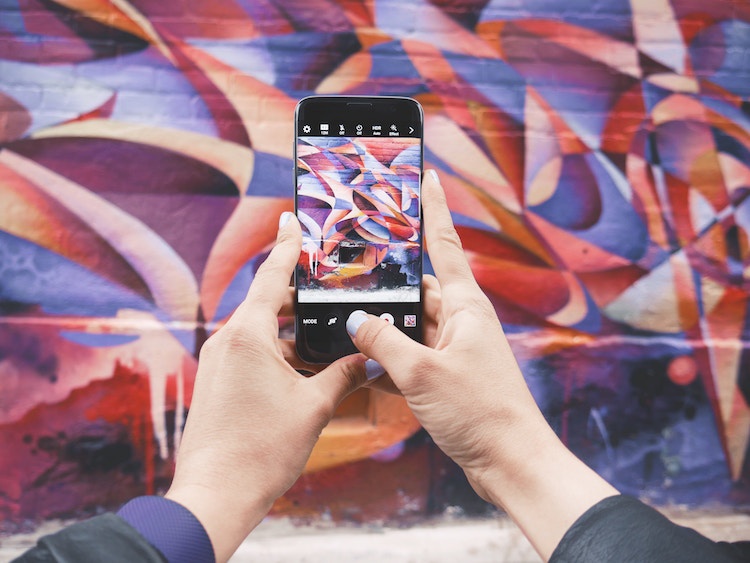- November 17 2017
Product Recommendation System Can Make Or Break Your Business
Twenty four varieties of jam on day one, versus just six the next day proved that confronted with too many choices customers would rather not buy at all, this is why a recommendation system is important. The famous jam survey was conducted by psychologists Sheena Iyengar and Mark Lepper in 2000. Everyone who sampled the jams was provided with a $1 coupon. While more people nibbled on day one, it was the ones with just six jams to choose from who actually ended up buying more. Variations of this test have since proved this theory across a wide spectrum of products—both offline and online.

This brings us to the crux of a dilemma. The fundamental premise powering ecommerce is more choice at your fingertips. For example Amazon.com alone stocks more than 480 million products. Amazon realized early that if they needed to find a system to match the millions of products they stocked with the millions of customers who visited their site daily. The solution, like so many others in the technology industry, came from the research labs of Xerox at Palo Alto and more specifically an email segregation system called Tapestry designed there in 1992.
Amazon’s recommendation system is said to generate as much as 35% of the online retail giant’s business. Much more comes from the recommendation-based marketing collateral it sends out. However, changing customer behavior is testing the viability of the traditional recommendation systems that use either a collaborative (customers who bought this also bought), content-based (keywords, content description) or hybrid recommendation systems.
Social Media Driving Next Gen Habits
At the heart of the change is the rise of social media and its influence on online sales. According to a survey by Accenture, 69% of young consumers are interested in purchasing directly from social networks. While Facebook dominates in terms of reach, 66% of the young consumers surveyed say their preferred social shopping channel is Instagram. Youtube also scores highly with this demographic when it comes to making shopping decisions.

What these customers are looking for is newer shopping experiences. Ease of use rates highly with them. For example: Pinterest’s Lens feature that allows consumers to search, discover and shop for products based on a single image. Gen next keenly follows social media influencers who curate content based on individual taste, rather than on price, product description or even functionality. For example: An influencer curating sneakers could be looking at a particular style and have samples from the top brands as well as smaller companies. They could also curate both specialist basketball shoes and running shoes because they look similar or are of the same color.
This changes the rules of the game for ecommerce sites. Recommendations have to become smarter to attract and retain next gen buyers. It is virtually impossible to serve up recommendations that cut across categories unless the recommendation engine features visual identity as part of its parameters.
Incorporating Visuals on Recommendation System
Visual recommendations are emerging as the latest option for retailers looking to gain an advantage with the next generation of online shoppers. Among the various benefits of visual are:
- More powerful than content-based filtering: Visual filtering of products reads images to identify color, shape, and other attributes that is not possible in content-based filtering. This ensures the recommendation engine is able to serve up a better combination of products than a content-based filtering system would do.
- Supports spearfishing: Classic Instagram shoppers who want to locate and buy the product they see. Spearfishing with visual input provides better context than keyword and can deliver better results.
- Capturing showroomers: Amazon’s Flow app is built to lure sales from physical retailers by giving showroomers a quick and easy way to locate products on Amazon.
- Not just for fashion: A popular misconception about visual recommendation system is that it is relevant only in fashion. Not so, visual works wonderfully well with home décor, consumer products and even electronics. It is also a great marketing tool. But more of that in a later post.
How can online retailers incorporate a visual recommendation system?
Using a visual-based recommendation systems gives online retailers the flexibility to introduce more features like:
- Find Similar: Presents visually similar items when the consumer would like to do a deep dive on a particular product.
- You May Also Like: Recommends products alongside the one the customer is currently viewing, based on visual similarity and metadata.
- Shop the Look: Allows customers to pick a photo from a curated gallery populated with user-generated content, crop to zoom in on a particular item and search for visually similar products on your site.
- Automated Mix & Match: Suggests products from other categories on top of the item your customer is viewing to complete the look, thus acting as a personal stylist.
Visual search technology is already powering some of the most innovative online retailers like Zalora.

